There are 3 main ways to actuate the valve (open or close the disc): Handles, Gear Operators, and Power Operated Actuators.
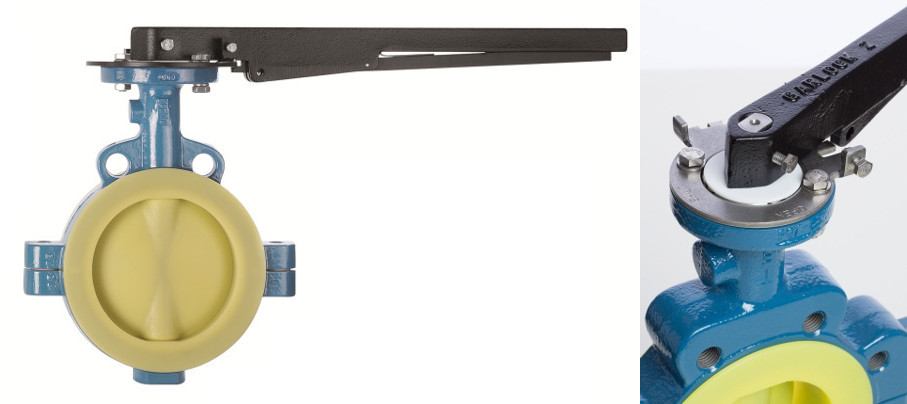
Handles
- Typically called levers or lever handles, these handles act like a wrench to open or close the disc (quarter turn) and require a person to turn them.
- Handles usually have teeth so that the disc can be opened in increments.
- They also have a dial showing whether the disc is opened or closed.
- Handles are used on smaller sizes only because the force required to actuate the disc on the larger sizes is too great to open manually.
- Some handles come with a lockable hole, which are called locking lever handles.

Gear Operators
- Gears are used to reduce the force needed to open and close the valve (quarter turn).
- Traditionally, they come with a handwheel to facilitate easy operation and may be called handwheel gear operators. The handwheel is rotated, and the gear box translates that turning force to rotate the stem.
- They also have dial showing whether the disc is opened or closed.
- Gears are available on all sizes.
- Gears can be requested with a lockable hole, called locking gear operators.
- Gears can also be requested with a chain wheel, called chainwheel gear operators. The handwheel on these has a grooved slot for a chain to go through. The handwheel can still be rotated manually, or the chain can be pulled to rotate the handwheel. This type of gear is used in areas where the valve is not easily accessible–the chain will hang down a specified distance and allow the valve to be opened or closed when the valve is not within easy reach.
Power Operated Actuators
Actuators allow the valve to be opened and closed automatically or at the touch of a button. They are used when the valve needs to be frequently actuated, when easy actuation is required, or when better control is required.
There are three main types of actuators: pneumatic, hydraulic, and electric.
Pneumatic Actuators
Pneumatic actuators require air to power the actuator and turn the valve stem. They come in two styles: Piston or Diaphragm.
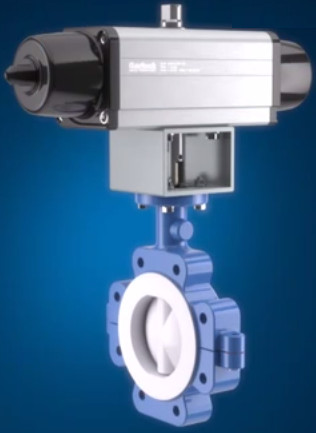
Piston Pneumatic actuators
Piston Pneumatic actuators have compressed air attached to a solid piston contained within a solid cylinder. There are two piston types: Rack and Pinion and Scotch Yoke. For butterfly valves, piston pneumatic actuators are much more popular than diaphragm.

Rack and Pinion
Rack and Pinion actuators use air to rotate the pinion over the liner gears. The forces applied to the stem are linear.
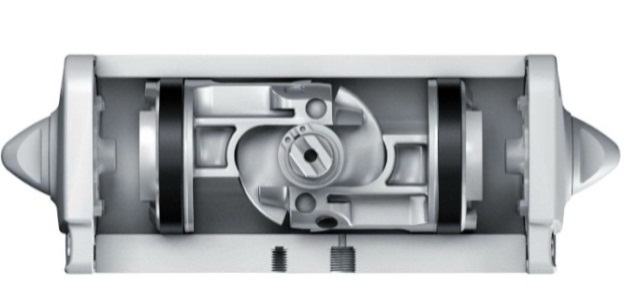
Scotch Yoke
Scotch Yoke actuators use air to push move piston, which turns a yoke. The forces applied to the stem vary due to the curved shape of the yoke.
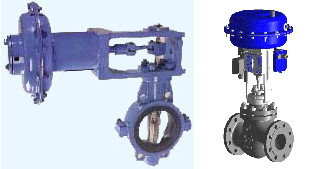
Diaphragm Pneumatic actuators
Diaphragm Pneumatic actuators use compressed air to move the diaphragm, which in turn rotates the stem.
Hydraulic Actuators
Hydraulic Actuators work in a similar manor to pneumatic actuators, except they use hydraulic fluid instead of air.
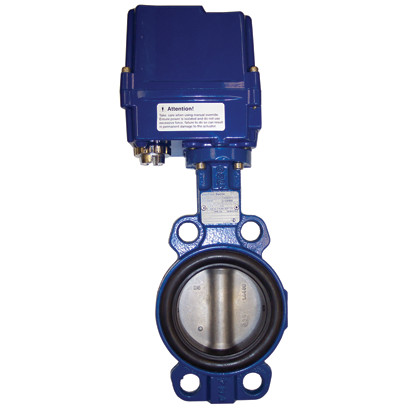
Electric Actuators
Electric actuators use a power source to run the actuator. They usually include intricate electrical circuitry to program when the actuator operates.
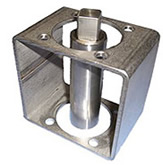
Mounting Kit
To attach an actuator to the valve, you need a Mounting Kit–this typically includes a Mounting Plate and Coupling. The Mounting Plate bolts the valve to the actuator, and the coupling connects the valve stem to the actuator.

Double Acting and Single Acting
Most actuators fall into one of two categories: Double Acting or Single Acting.
Double Acting means that the air or hydraulic fluid is applied to both sides of the piston to both open and close the valve.
- Double acting normally applies to Pneumatic and Hydraulic Actuators.
- The danger of a double acting actuator is if there is a power outage; if the actuator loses power, it will stay in either the open or closed state it was last in (unless there is a manual handwheel).
Single Acting means the air or hydraulic fluid is used to either open or close the valve, and a spring is used to do the opposite action.
- Single Acting can apply to all three actuator types.
- If you have dangerous chemicals in the pipeline, you might want the valve to automatically close if power is lost. This is called a Spring Close or Spring Return.
- If you have fire water in the pipeline, you might want the valve to automatically open if power is lost. This is called Spring Open.
Actuator Accessories
Actuators can come with various accessories:
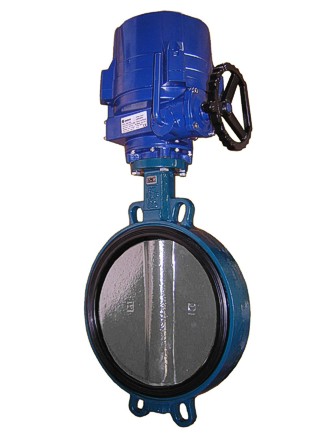
Handwheel
The handwheel option allows users to manually open or close the valve instead of relying on the actuator to do so.
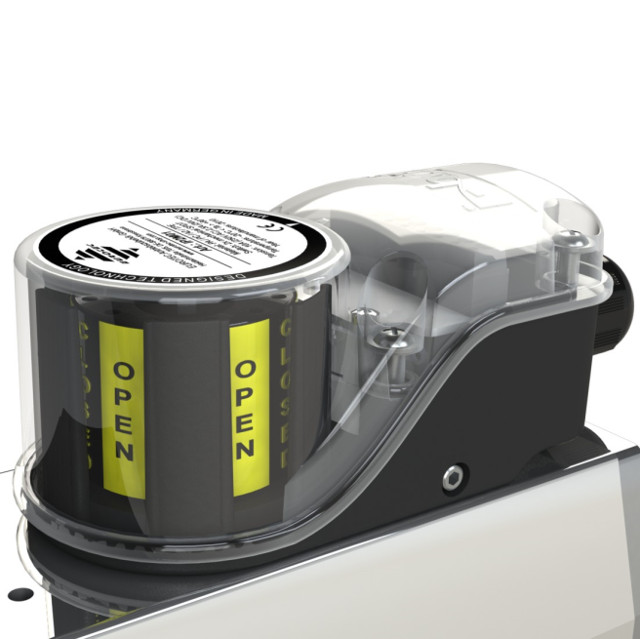
Limit Switches
Limit Switches are used to swiftly show whether the valve is Open or Closed.

Positioners
Positioners are used to increase the accuracy of the valve position (open, closed, partially opened). They measure the actual valve position against desired position and adjust the valve until it is in the exact correct position. They are normally used on control valves to delivery precise throughput.
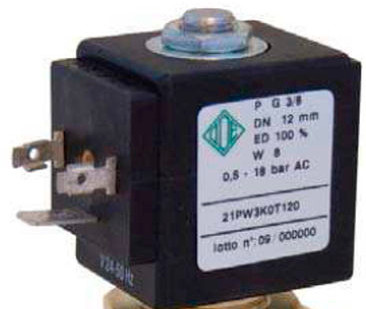
Solenoid Valves
Solenoid Valves are used to direct airflow into and out of pneumatic actuators. They are used to remotely control actuator position using an electrical signal and remove the need for a person to operate the valve manually.
Below is a picture of a valve with the mounting kit, the actuator, positioner, and limit switch.


